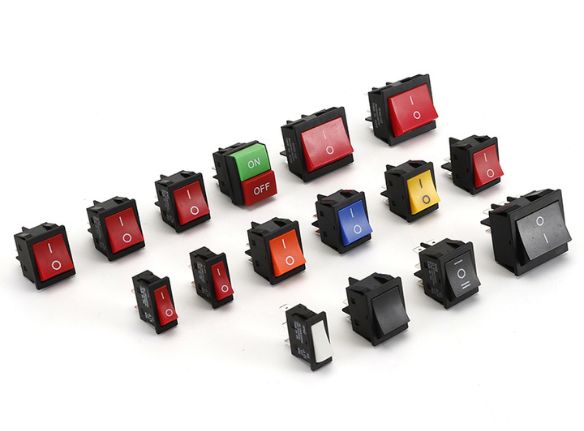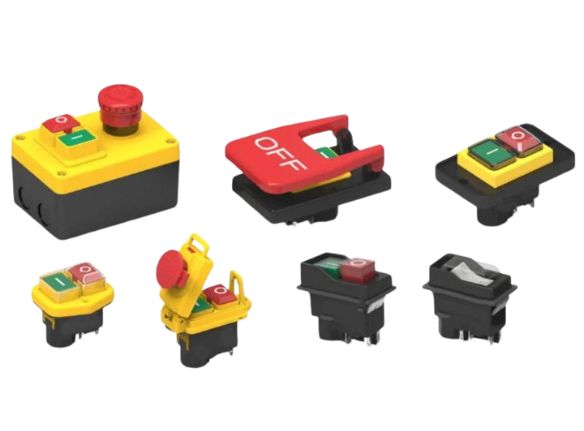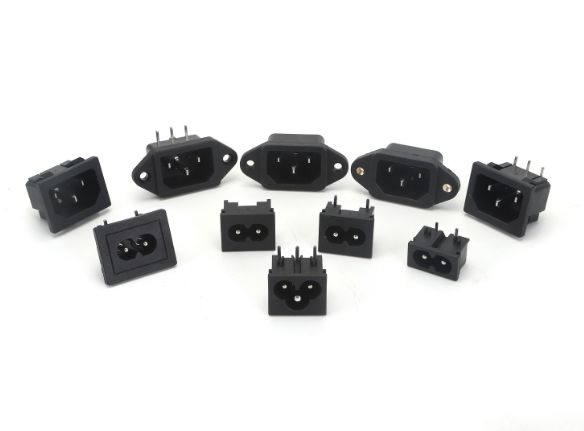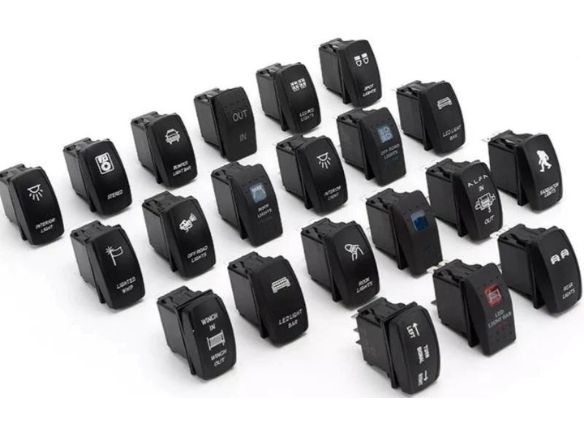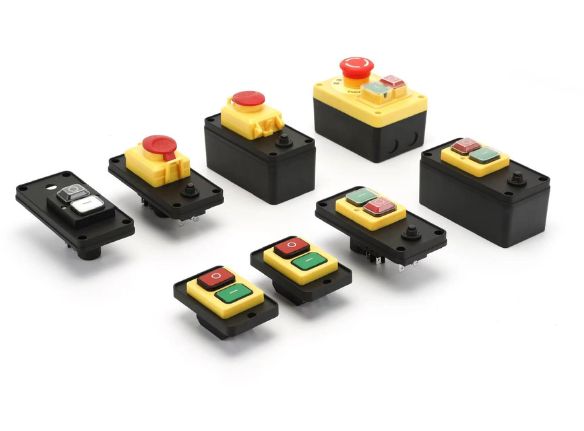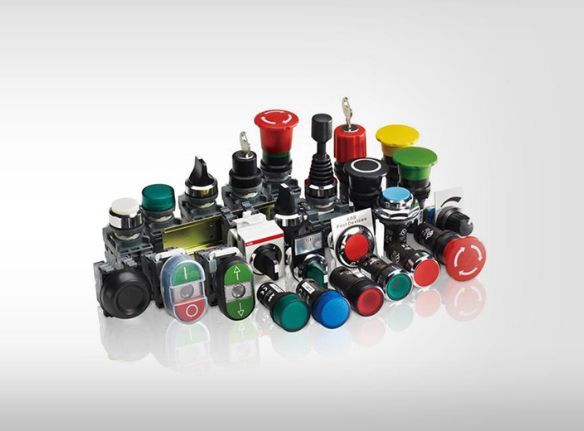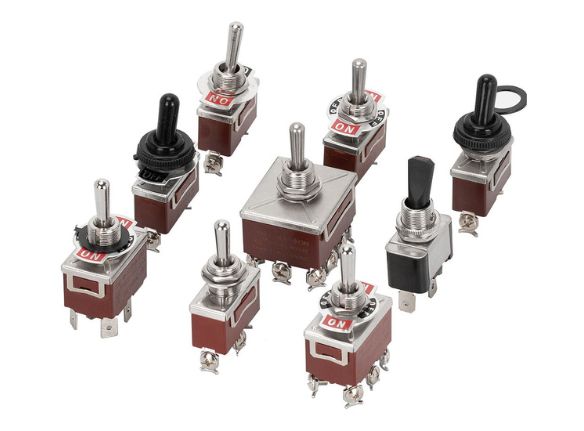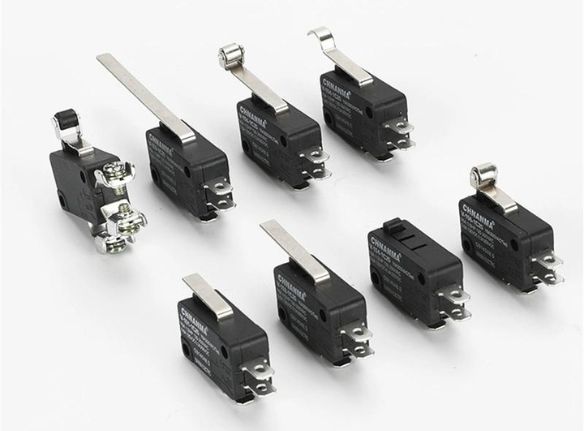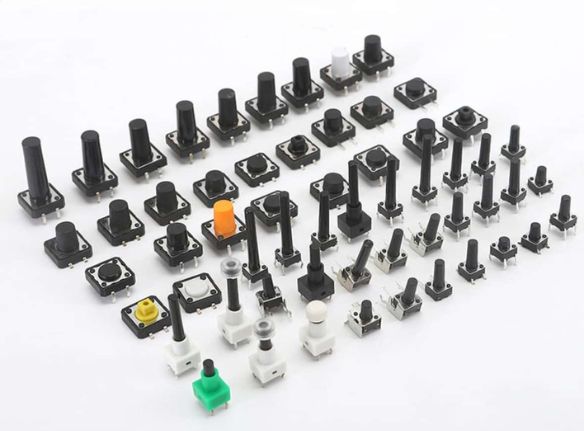What is a ON OFF ON Rocker Switch?
An “On-Off-On” rocker switch is a type of electrical switch that provides three positions: two “on” positions and one “off” position. This means the switch has the capability to control two different circuits or devices, and it can be toggled between these two states while also having an off position where both circuits are disconnected. The term “On-Off-On” refers to the switch’s ability to switch between two on states.
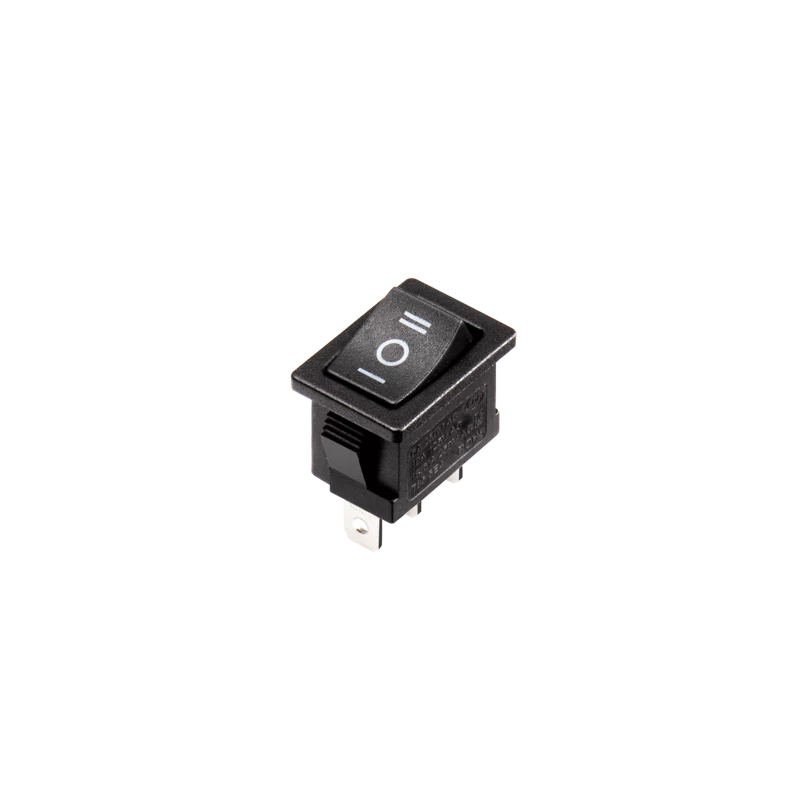
The on-off-on rocker switch is a durable, reliable component for controlling electrical devices. Our switches are built to last, with precise engineering and quality materials, ensuring performance and safety. Discover more!
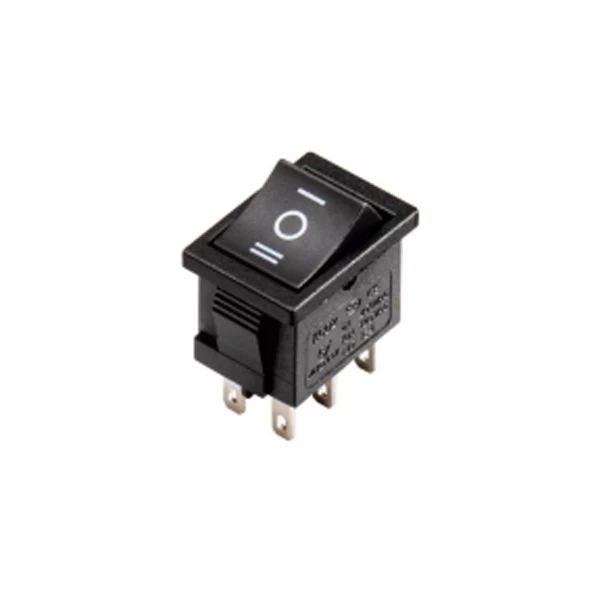
The “rocker switch ON-OFF-ON” is a durable, easy-to-use switch allowing three positions for versatile control. Our switches are built with high-quality materials, ensuring reliability and longevity. Click for more info!
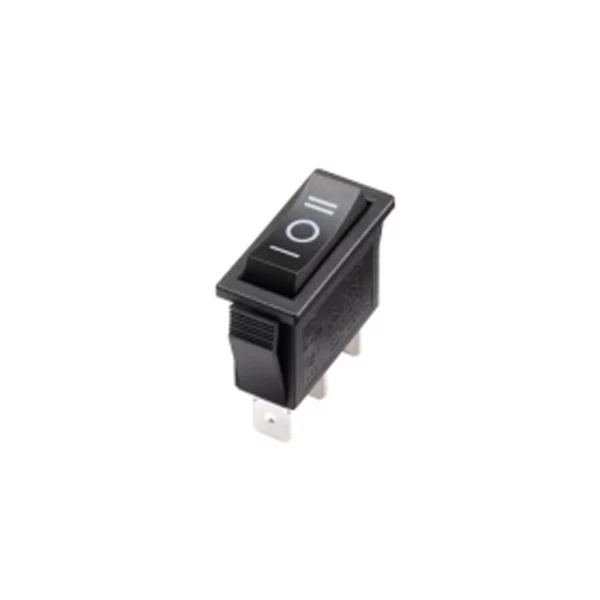
Our high-quality rocker switch offers reliable on/off functionality, durability, and sleek design. Made in China, we ensure competitive pricing, rigorous testing, and customization options to meet your specific needs.
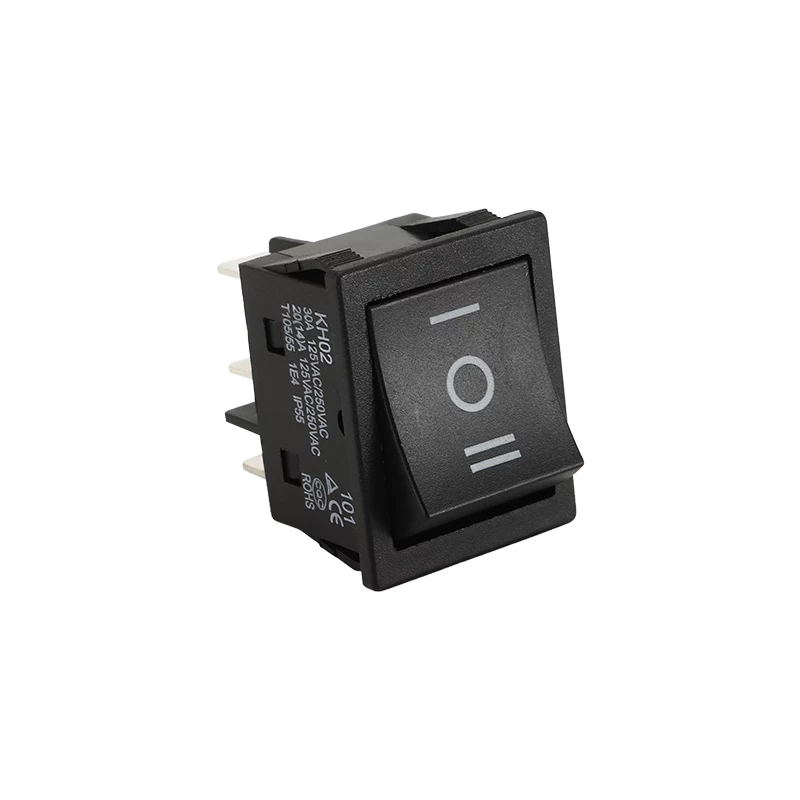
A momentary on-off-on rocker switch toggles between three positions for temporary activation. Our switches ensure durability, precision, and high-quality materials. Click to explore superior performance!
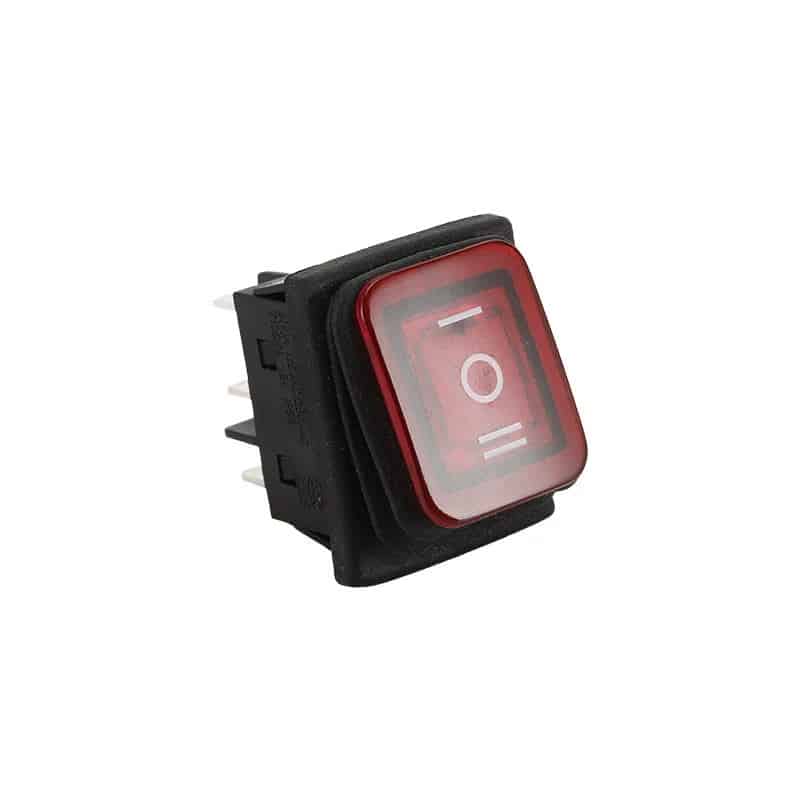
Our high-quality off-on momentary rocker switch ensures reliable performance with a durable design. Proudly manufactured in China, we offer competitive pricing, fast shipping, and exceptional customer support.
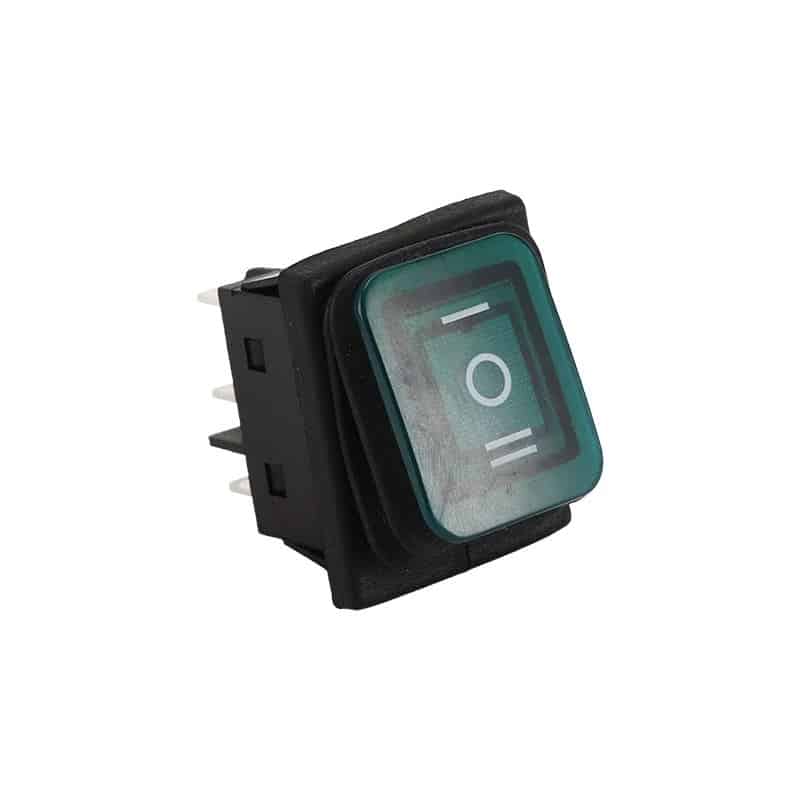
Our illuminated on-off-on rocker switch offers reliable performance, long lifespan, and customizable colors. Manufactured in China with high-quality materials, it ensures durability and precision for your applications.
With Full Product Certification



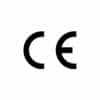



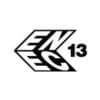
What is a ON OFF ON Rocker Switch?
An ON OFF ON rocker switch is a three-position switch that allows for two ON positions with an OFF position in the middle, providing versatile control for circuits. Our switches are designed with high durability, superior materials, and reliable performance. We offer customization options to meet specific needs, ensuring quality and customer satisfaction. Choose us for competitive pricing, fast shipping, and excellent after-sales support.
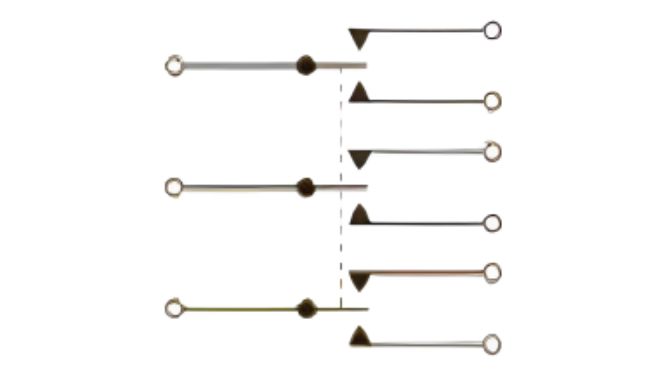
how to wire an on off on rocker switch
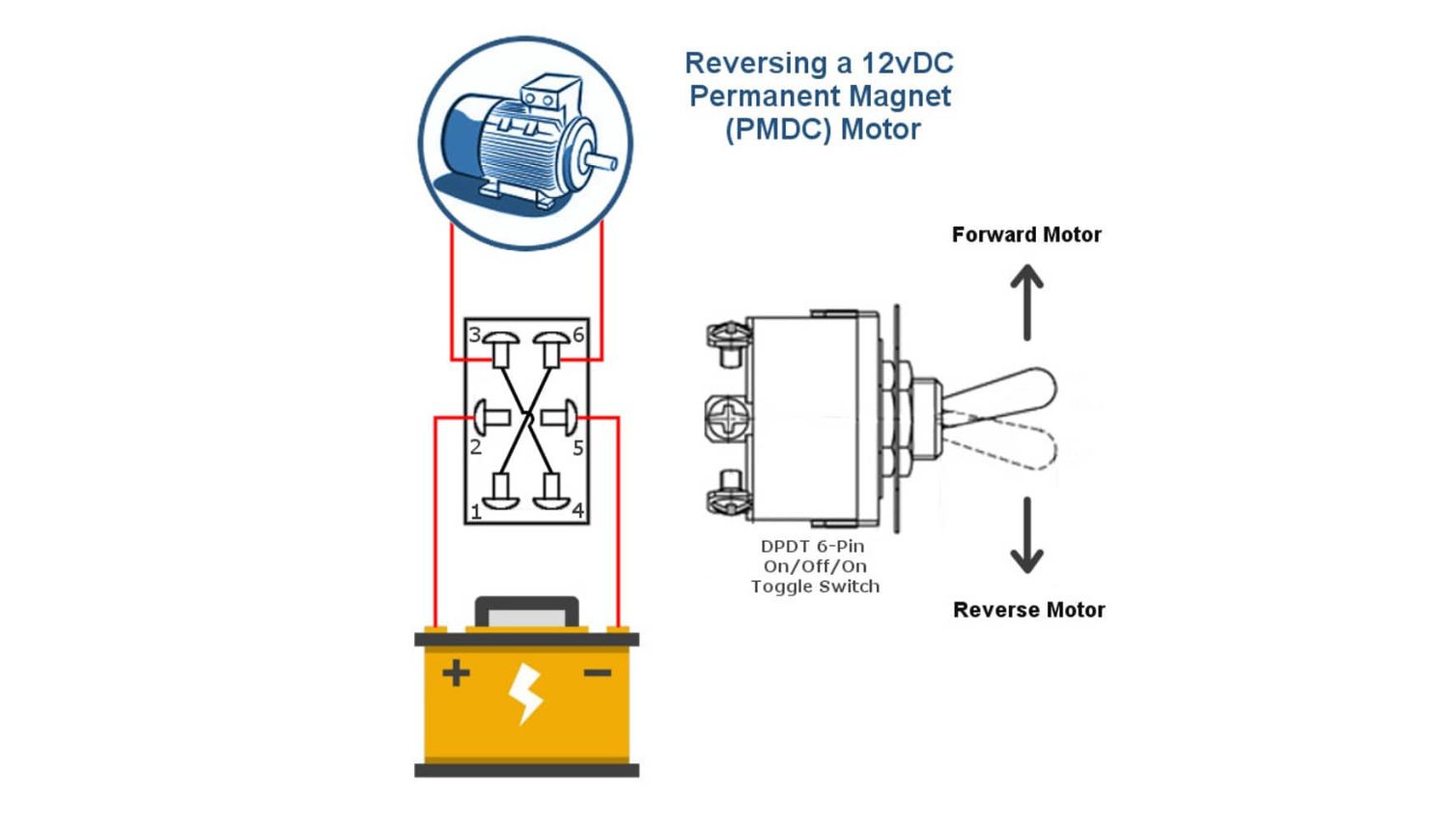
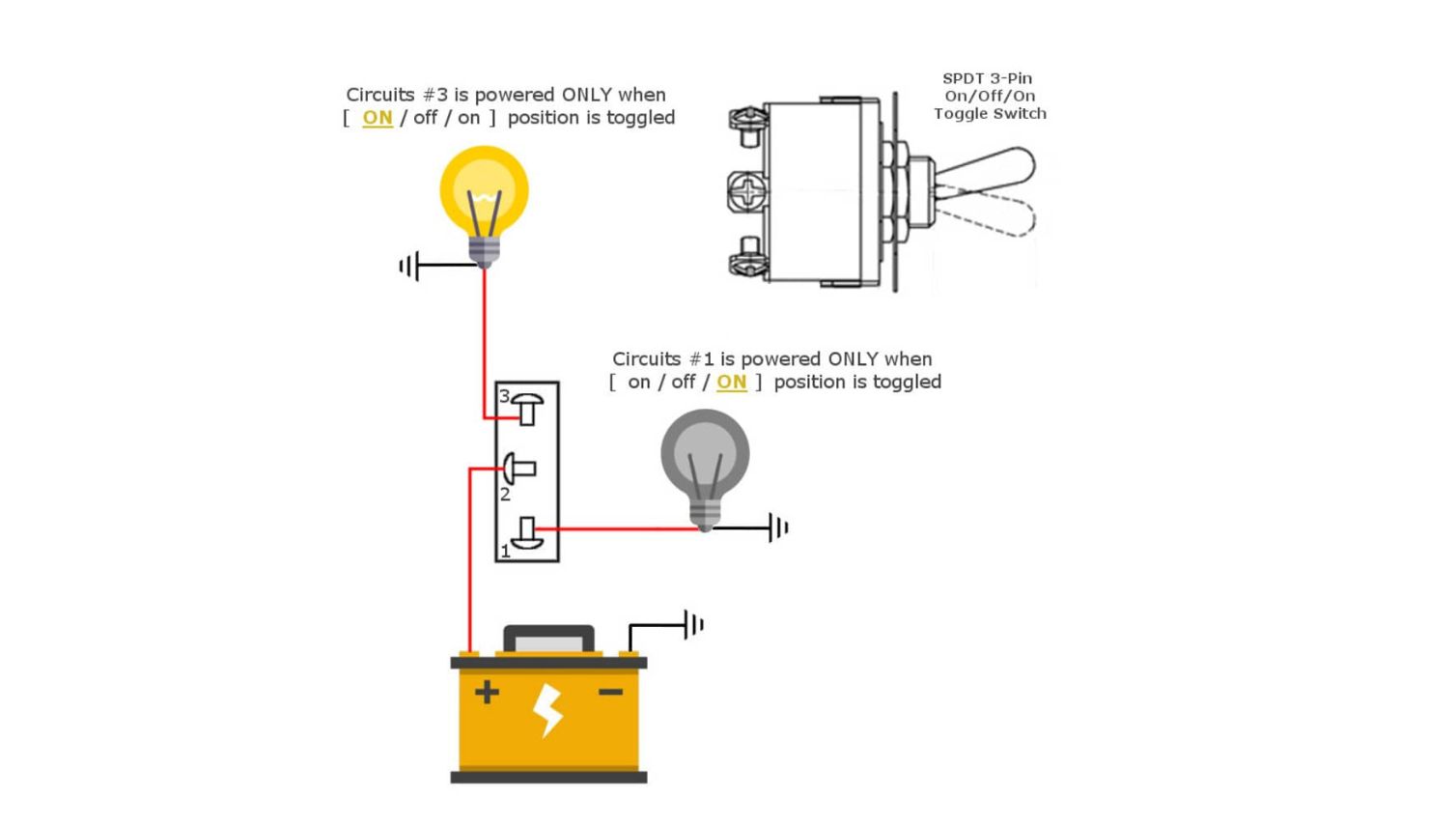
On Off On Rocker Switch VS On Off Rocker Switch
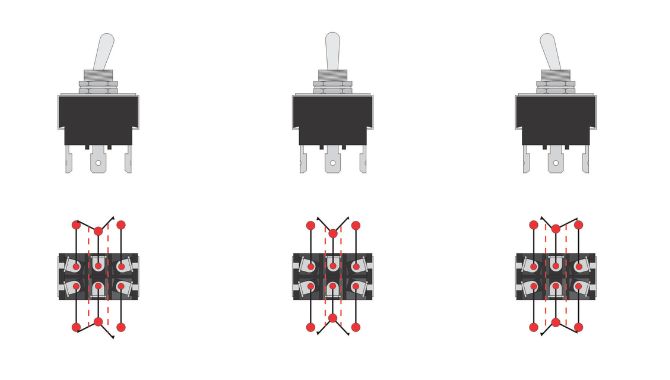
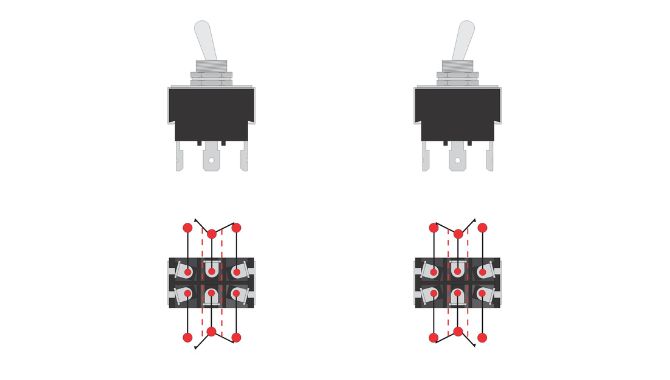
What Our Customers Are Saying
- Real people with great projects
Ethan S. (USA)
⭐⭐⭐⭐⭐ Versatile and Reliable “The On-Off-On rocker switches from Weup are incredibly versatile. They’ve been perfect for our equipment, providing reliable control options.”
Olivia M. (Australia)
⭐⭐⭐⭐⭐ Smooth Operation “These switches operate smoothly and feel solid. The On-Off-On functionality is exactly what we needed for our control panels.”
James L. (UK)
⭐⭐⭐⭐⭐ High Quality Build “The build quality of these On-Off-On rocker switches is excellent. They’ve held up well under frequent use and still perform like new.”
Emma R. (Germany)
⭐⭐⭐⭐⭐ Easy to Install “Installation was straightforward, and the switches have worked flawlessly since. Weup delivers a great product.”
Liam T. (Canada)
⭐⭐⭐⭐⭐ Great for Custom Projects “These On-Off-On rocker switches were perfect for our custom electronics projects. They provide precise control and are very reliable.”
Isabella G. (France)
⭐⭐⭐⭐⭐ Durable and Functional “The switches are both durable and functional, exactly what we needed for our industrial applications. They have exceeded our expectations.”
Lucas H. (Netherlands)
⭐⭐⭐⭐⭐ Excellent Value “These On-Off-On rocker switches offer great value for money. They are robust and perform consistently well in our systems.”
Ava K. (Italy)
⭐⭐⭐⭐⭐ Consistent Performance “We’ve been using these switches for a while now, and they’ve consistently performed without any issues. Highly recommended!”
Noah B. (Japan)
⭐⭐⭐⭐⭐ Reliable Switching “The reliability of these switches is impressive. The On-Off-On functionality is smooth, and they’ve proven to be very dependable.”
Mia D. (Spain)
⭐⭐⭐⭐⭐ Perfect for Multiple Applications “These switches are versatile and have been perfect for multiple applications in our setup. We’re very satisfied with their performance.”
Related Product
FAQs
ON OFF ON Rocker Switch are commonly used in various applications, and people often have questions about them. Here are five of the most popular FAQs for ON OFF ON Rocker Switch:
An ON-OFF-ON rocker switch is a type of electrical switch that has three positions: ON in the first position, OFF in the middle position, and ON in the third position. This configuration allows the switch to control two different circuits or modes, with a neutral OFF position in between. It’s commonly used in applications where you need to toggle between two functions or circuits, such as in automotive or marine settings.
ON-OFF-ON rocker switches are commonly used in automotive applications to control functions like headlights, fans, or wipers. They are also used in marine equipment, industrial machinery, and various electronic devices where two different circuits need to be alternated between with a single switch.
The primary benefits of using an ON-OFF-ON rocker switch include its ability to control two separate functions or devices with a single switch, providing a clean and efficient way to toggle between different operations. It also offers a central OFF position, adding a safety feature by allowing the user to completely disconnect both circuits.
Yes, ON-OFF-ON rocker switches can be used in both AC and DC circuits, provided they are rated appropriately for the voltage and current of the application. Always check the switch’s specifications to ensure it is suitable for your specific circuit.
Yes, waterproof ON-OFF-ON rocker switches are available and are particularly useful in marine and outdoor applications where exposure to water and moisture is common. These switches are typically sealed with rubber or silicone to prevent water ingress, ensuring reliable operation even in wet conditions.
ON-OFF-ON rocker switches are typically made from durable materials like high-grade plastic or metal for the housing, with internal contacts made from conductive metals such as copper or silver. The durability and materials ensure the switch can withstand frequent use and harsh environments
es, many ON-OFF-ON rocker switches are available with built-in LED illumination. The illumination helps indicate the status of each circuit, making it easier to see which function is active, especially in low-light conditions. This feature is particularly useful in automotive and marine applications.
When choosing an ON-OFF-ON rocker switch, consider factors such as the voltage and current ratings, the physical size of the switch, whether it needs to be waterproof, and whether you want illumination. Additionally, ensure the switch’s configuration matches the needs of your specific application.
High-quality ON-OFF-ON rocker switches can be purchased from electronics suppliers, automotive and marine supply stores, and online retailers. It’s important to choose a supplier with a good reputation to ensure you receive a product that meets industry standards and is suitable for your specific application.




